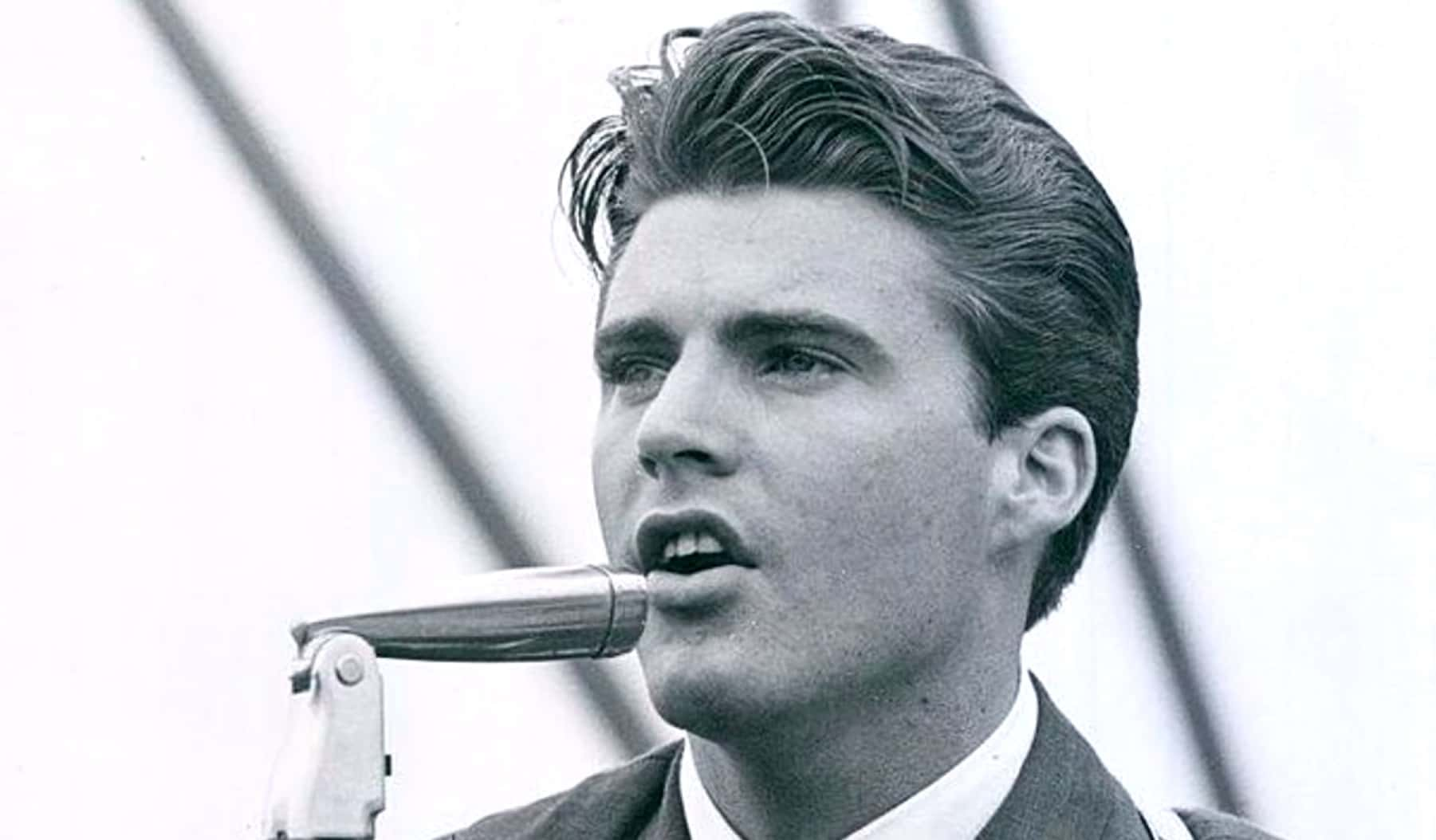After nearly four decades of speculation, the tragic death of music and television icon Ricky Nelson has finally been explained — and the truth is far more harrowing than anyone imagined. Once thought to be a freak accident, new findings have revealed that Nelson’s fatal 1985 plane crash was not simply the result of bad luck, but of shocking negligence that could—and should—have been prevented.

On December 31, 1985, Ricky Nelson, along with his fiancée Helen Blair and five members of his band, boarded a vintage Douglas DC-3 en route to a New Year’s Eve concert in Dallas, Texas. Just hours later, the aircraft burst into flames mid-air before crashing in a cow pasture near DeKalb, Texas. The two pilots survived. Everyone else perished.
For years, rumors swirled around the cause of the crash. Some speculated that drugs were involved; others blamed faulty equipment or even sabotage. The official investigation concluded that a malfunctioning cabin heater caused the fire — but recent evidence paints a darker picture.
According to new aviation analyses and long-overlooked maintenance records, the plane had a known history of mechanical problems, particularly with its outdated heater system. Multiple reports now indicate that the aircraft was unfit to fly — and that operators ignored repeated safety warnings prior to the fatal journey.
“This wasn’t an accident,” one investigator said. “This was a disaster waiting to happen.”
The heater — improperly repaired and placed dangerously close to flammable insulation — is believed to have ignited in mid-flight, filling the cabin with thick smoke and toxic fumes. Passengers were quickly incapacitated, overcome by smoke inhalation before the aircraft even hit the ground. The pilots managed to survive only because they were separated from the inferno by the cockpit bulkhead.

The new findings confirm what many suspected for years: Ricky Nelson’s death was preventable. Investigators have uncovered evidence that the plane’s owner and maintenance crew were aware of the heating system’s defects but allowed the flight to continue regardless. The DC-3, once a reliable workhorse, had become a flying death trap — an antique machine that should have been grounded permanently.
Nelson’s family, who have endured decades of speculation and pain, are said to be devastated by the revelations. “We always felt something wasn’t right,” a relative reportedly told investigators. “Now we finally know — he didn’t have to die that way.”
The loss of Ricky Nelson — a teen idol turned mature artist whose hits like “Travelin’ Man” and “Hello Mary Lou” defined an era — sent shockwaves through the entertainment world. He had been preparing for a musical resurgence, with renewed energy and optimism for the future. His sudden death at just 45 years old froze that promise in time, transforming him from a living legend into a haunting symbol of Hollywood’s fragility.

This new understanding of the crash adds a painful layer to his story. What was once seen as a tragic accident now stands as a cautionary tale of neglect and greed. Aviation experts have called the case “a textbook example of systemic failure” — one in which cost-cutting and complacency proved deadlier than the skies themselves.
Today, Ricky Nelson’s legacy endures — not only through his timeless music and groundbreaking career but also as a reminder of how easily preventable tragedies can steal even the brightest lights.
The mystery has finally been solved, but it offers little solace. The truth, stripped of myth and rumor, is a sobering one: Ricky Nelson didn’t just fall victim to fate — he fell victim to failure.





